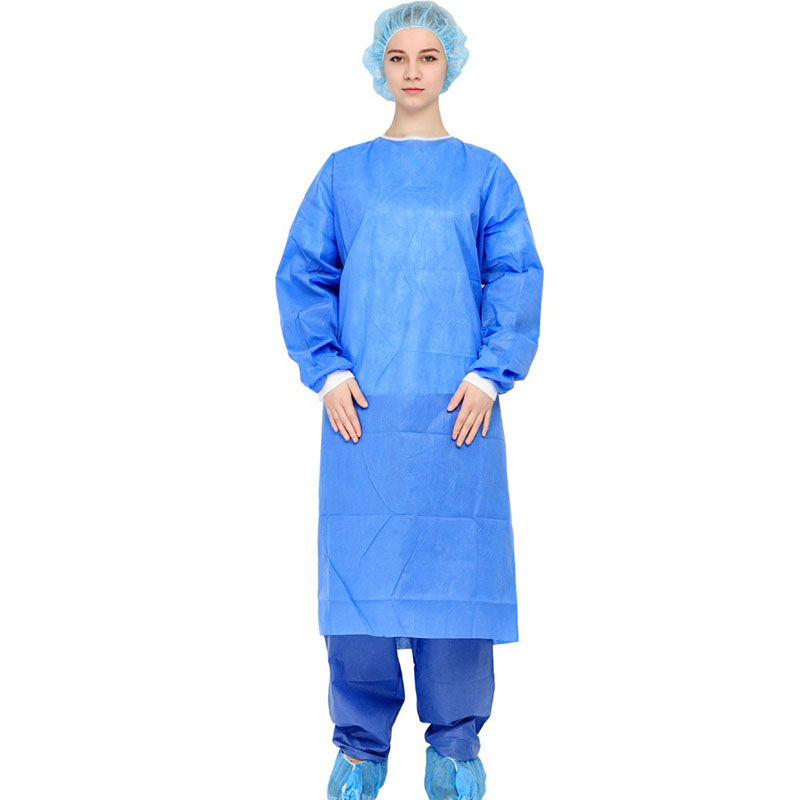In recent years, the Nantong region has explored a four-matured planting model of greenhouse eggplant, loofah, Chinese cabbage, and celery. It can produce 4,000 kilograms of eggplant per acre, 1500 kilograms of loofah, 2000 kilograms of Chinese cabbage, 2000 kilograms of celery, and a total output value of 17,000 mu per year. Around RMB, the net income of Mu is more than RMB 10,000. Eggplant is selected for its strong resistance and early maturing varieties such as long-stemmed eggplant and Susaki eggplant. Sowing in late November, 30-40 grams of seed per acre will be used. Before sowing, soaking in warm soup and soaking with trisodium phosphate solution, germination until dew-white sowing. The greenhouse was covered with a small shed and the bed soil was sterilized with carbendazim. After sowing the cover soil, the cover non-woven fabric is warmed and moistened, and the seedlings are peeled off after emergence. In the middle and late second half of February, there are 7-8 leaves when the seedlings are planted, and before the planting, the seedlings are placed in the sheds immediately before planting. Deeply pour into the soil, 3500 kg of organic fertilizer is applied per mu, 40 kg of compound fertilizer, and 30-40 kg of superphosphate are used as deep trenches. Sorghum, 1.2 meters wide, 24 cm wide. Cover the mulch on the loquat, 2 rows per loquat, 60 cm spacing, 40 to 50 cm spacing. After planting, the soil was used to seal the hole and a small arch shed was used to cover the non-woven fabric and film. Harvesting began in mid-April and harvesting ended in late June. Luffa selection of early-maturing varieties of Jiang vegetables 1, in early March using greenhouse nursery. In early April, when 3-4 shoots of leaves of the melon seedlings were planted on the inside of the greenhouse, the spacing was 70 cm and 280-300 plants were planted per acre. After the film was removed in late June, the vines were placed on a large scaffold, harvesting began in early June, and harvesting ended in mid-August. Cabbage selection of Xiayang 50, Xiayang 302 and other precocious, strong resistance, leaf and petiole are white, palatability, resistance to storage and transportation of the species. In the middle of June, shade nets were used to cover nursery. In the first half of July, soil preparation, 2500 to 3,000 kg of organic fertilizer per hectare, and 10 kg of diammonium phosphate, will be transplanted on the ridge, with a spacing of 40 cm, a spacing of 35 cm, and 4500 plants per acre. Harvested from late August to early September. Celery chooses heat-resistant, moisture-resistant and disease-resistant Zhengdahuangxin celery. In mid-September, seed germination after soaking, in late October when the seedlings have 3 to 5 leaves when the colonization, plant spacing are 15 cm, transplanting 3 to 4 per hole. The plant growth regulator gibberellic acid was sprayed before harvest to promote petiole elongation. December began harvesting and listing.
It can be used for surgical operations, patient treatment; epidemic prevention and inspection in public places; disinfection in virus-contaminated areas; and can also be widely used in military, medical, chemical, environmental protection, transportation, epidemic prevention and other field
By setting a protective collar, the neck of the operator can be kept warm and protected. The provision of a hand guard is helpful for the surgical staff to temporarily place their hands in the hand guard while waiting during the operation, which plays a protective role and is more in line with the principles of aseptic operation and occupational protection. surgical gown,disposable surgical gown,personal protection,medical equipment Shanghai Rocatti Biotechnology Co.,Ltd , https://www.ljdmedical.com
By setting the shrinking cuffs, it is beneficial to make the cuffs fit the wrists, prevent the cuffs from loosening, and prevent the gloves from slipping off during the operation and the operator's hands are exposed to the gloves.
The design of the new humanized protective surgical gown has been improved in the key areas of the gown. The forearm and chest area are double-thickened, and there are handguards in front of the chest and abdomen. By arranging reinforcing sheets (double-layer structure) in key areas, it is beneficial to improve the water-permeability of surgical gowns and improve safety.


